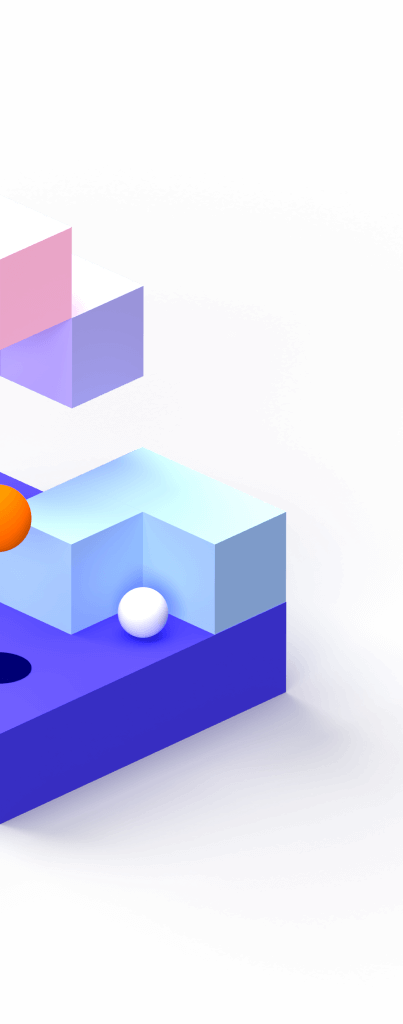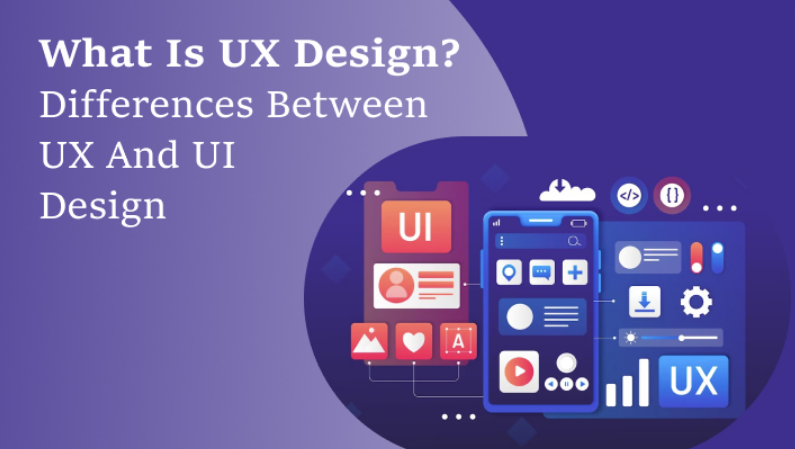User Experience (UX) design is a multidisciplinary approach focused on enhancing the overall satisfaction of users when they interact with a product or system. This can include websites, applications, software, and even physical products. While UX and User Interface (UI) design are often used interchangeably, they represent distinct aspects of the design process. This article will delve into what UX design entails, its significance, and the differences between UX and UI design.
What is UX Design?
At its core, UX design centers around creating a seamless and meaningful experience for users. This encompasses a wide range of considerations beyond just aesthetics. UX designers aim to understand user behaviors, needs, motivations, and pain points to create designs that are intuitive, efficient, and enjoyable.
Key Elements of UX Design:
1. User Research: This involves studying user demographics, behaviors, and preferences. Gathering data helps designers make informed decisions.
2. User Personas: Creating fictional characters that represent different user types helps in understanding and catering to diverse user needs.
3. Information Architecture: Structuring content and information in a logical manner to ensure easy navigation and access to relevant information.
4. Wireframing and Prototyping: Designing basic outlines (wireframes) and interactive mockups (prototypes) of the product to visualize the user journey and interactions.
5. Usability Testing: Conducting tests with real users to identify usability issues and gather feedback for improvements.
6. Interaction Design: Defining how users will interact with the product through elements like buttons, menus, and animations.
7. Accessibility: Ensuring that the design is usable by people with disabilities, following guidelines such as the Web Content Accessibility Guidelines (WCAG).
Differences Between UX and UI Design:
1. Focus:
UX Design: Focuses on the overall experience and how users interact with a product. It emphasizes user satisfaction and functionality.
UI Design: Concentrates on the visual elements and aesthetics of a product, including layout, typography, color schemes, and visual hierarchy.
2. Scope:
UX Design: Encompasses the entire user journey, including research, wireframing, prototyping, and testing.
UI Design: Primarily deals with the visual appearance and presentation of the product, translating wireframes and prototypes into visually appealing interfaces.
3. Goals:
UX Design: Aims to create a product that is user-centered, easy to use, and aligned with user needs and goals.
UI Design: Aims to create a visually appealing interface that enhances the overall look and feel of the product.
4. User Involvement:
UX Design: Involves extensive user research, testing, and iterative improvements based on user feedback.
UI Design: Often requires collaboration with UX designers to ensure that visual elements align with user expectations and interactions.
5. Skills and Tools:
UX Design: Involves skills such as user research, usability testing, information architecture, and interaction design. Tools may include wireframing and prototyping software.
UI Design: Requires skills in graphic design, typography, color theory, and iconography. Design software like Adobe XD, Sketch, or Figma is commonly used.
6. Example:
UX Design: Focuses on ensuring that the process of booking a hotel room on a travel website is intuitive, efficient, and enjoyable for users.
UI Design: Focuses on designing the visual elements of the hotel booking page, such as the placement of buttons, the color scheme, and the overall visual appeal.
Conclusion:
In essence, UX design encompasses the entire user experience, from initial research to the final interaction, while UI design concentrates on the visual aspects of a product. Both disciplines are crucial for creating products that not only look good but also function effectively and provide a positive experience for users. By understanding the distinctions between UX and UI design, designers can work collaboratively to deliver products that are both visually appealing and user-centric.















Leave a reply